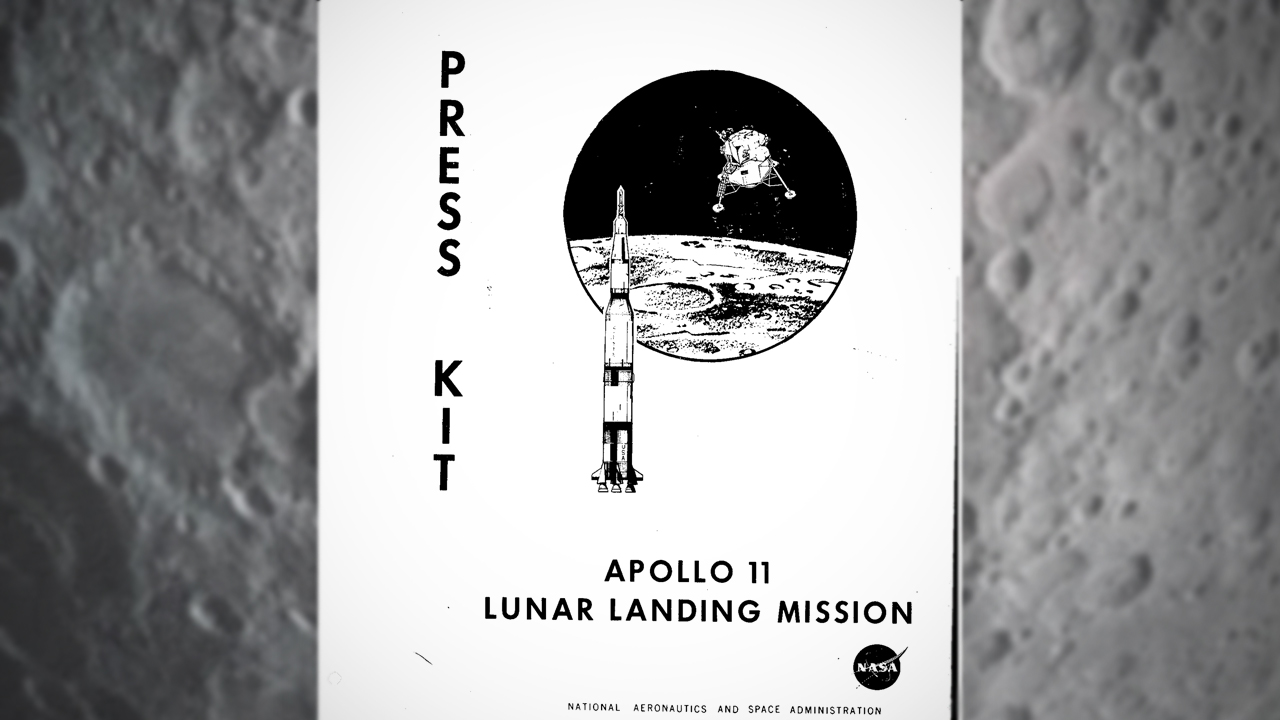50 years ago, Auburn engineers helped put man on the moon
Published: Jul 16, 2019 12:00 AM
By Jeremy Henderson
July 16 marks the 50th anniversary of the launch of the Apollo 11 lunar landing mission, a monumental feat made possible, in part, by two Auburn Engineering graduates.
The names of both James C. McCulloch, '41 mechanical engineering, and William D. Brown, '51 chemical engineering, appear among the Apollo Program Management staff bios in NASA's official press kit for the mission, which was released to media members on July 6, 10 days before the launch.
In 1969, McCulloch served as the S-IVB stage project manager in the Saturn Program Office at the NASA-Marshall Space Flight Center. Before joining NASA in 1961, the Huntsville native had worked for Consolidated-Vultee Aircraft Corp., the National Advisory Committee for Aeronautics, Fairchild Engine and Airplane Corp., and General Electric.
Brown, also a native of Huntsville, managed Marshall Space Flight Center's Engine Program Office. After graduating from Auburn, he accepted an Army research and development positive at Redstone Arsenal, where he was involved in catalyst development for the Redstone missile. He transferred to the Marshall Space Flight Center when the center was established in 1960.
Auburn Engineering's presence is still strongly felt at Marshall.
“You can’t walk the halls of the Marshall Space Flight Center without seeing someone wearing an Auburn logo or hearing a ‘War Eagle,’” said Mike Ogles, director of NASA programs in the Samuel Ginn College of Engineering. “A lot of Auburn engineers go to work for NASA."
In March, the university's longstanding relationship with the space administration led to a $5.2 million NASA contract intended to facilitate the Rapid Analysis and Manufacturing Propulsion Technology project, or RAMPT. The three-year investment is the latest in Auburn’s public-private partnership with NASA that established the National Center for Additive Manufacturing Excellence in 2017.
RAMPT is focused on evolving light-weight, large-scale 3-D printing techniques for the development and manufacturing of regeneratively-cooled thrust chamber assemblies for the liquid rocket engines necessary to return Americans to the moon.
“We believe that when we land on the moon in 2024, our lander will be powered by an additively manufactured engine nozzle designed and developed right here in Alabama,” Ogles said.
Media Contact: , jeremyhenderson@auburn.edu, 334-844-3591
The cover of NASA's official press kit for the Apollo 11 Lunar Landing Mission.

